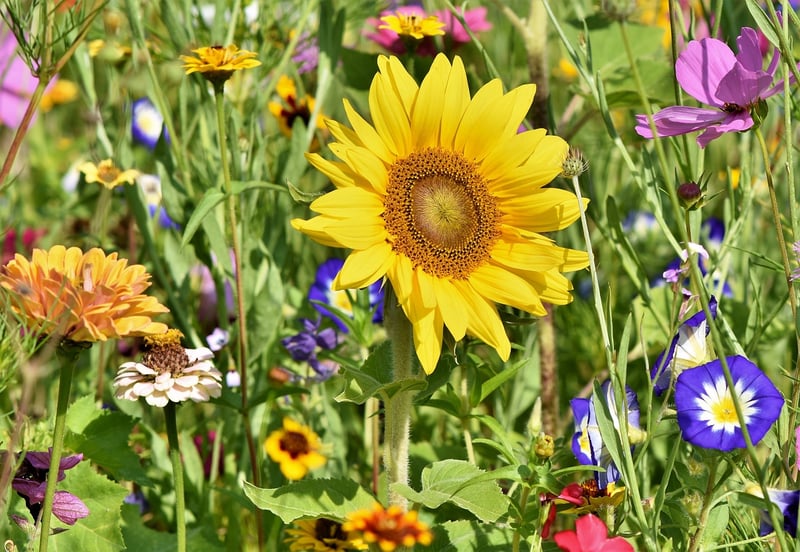Watering Techniques
Essential Advice for Maintaining a Thriving Garden
Introduction
Creating and maintaining a beautiful garden requires more than just planting flowers and vegetables. It involves understanding the needs of your plants and providing them with the right care. One of the most critical aspects of garden maintenance is proper watering techniques. Let's delve into some essential advice to help your garden thrive.
1. Understanding Your Plants' Watering Needs
Not all plants have the same watering requirements. Some plants prefer moist soil, while others thrive in drier conditions. It's essential to research the specific needs of each plant in your garden to avoid overwatering or underwatering.
2. Watering Frequency
Establishing a consistent watering schedule is crucial for plant health. Most plants benefit from deep, infrequent watering rather than frequent shallow watering. Watering deeply encourages roots to grow deeper into the soil, making plants more resilient to drought conditions.
3. Watering Techniques
There are several effective watering techniques you can use to ensure your garden receives the right amount of moisture:
- Drip Irrigation: A system that delivers water directly to the base of plants, minimizing evaporation and water waste.
- Soaker Hoses: These hoses release water along their length, providing slow, consistent watering to the root zone.
- Hand Watering: Ideal for smaller gardens, allowing you to target specific plants and avoid watering areas that don't need it.
- Sprinklers: Best for larger garden areas, but be mindful of water distribution and potential evaporation.
4. Best Time to Water
Watering your garden at the right time of day can make a significant difference in water absorption and plant health. Early morning is generally the best time to water, as it allows plants to absorb moisture before the heat of the day. Avoid watering in the evening to prevent fungal growth.
5. Mulching
Applying a layer of mulch around your plants can help retain soil moisture, regulate soil temperature, and suppress weed growth. Mulching is especially beneficial during hot and dry periods when water evaporates quickly.
Conclusion
By understanding your plants' watering needs, implementing appropriate watering techniques, and following a consistent schedule, you can maintain a thriving garden that flourishes throughout the seasons. Remember that proper watering is key to the health and vitality of your plants.

For more gardening tips and tricks, check out Royal Horticultural Society.
